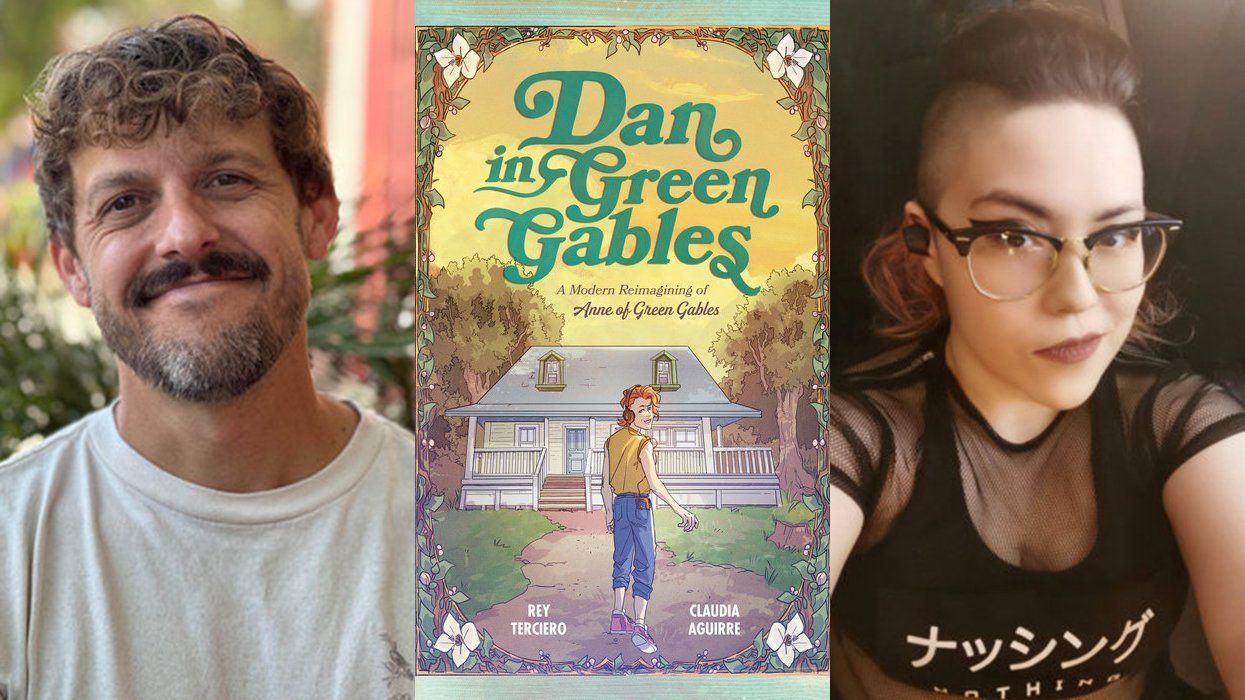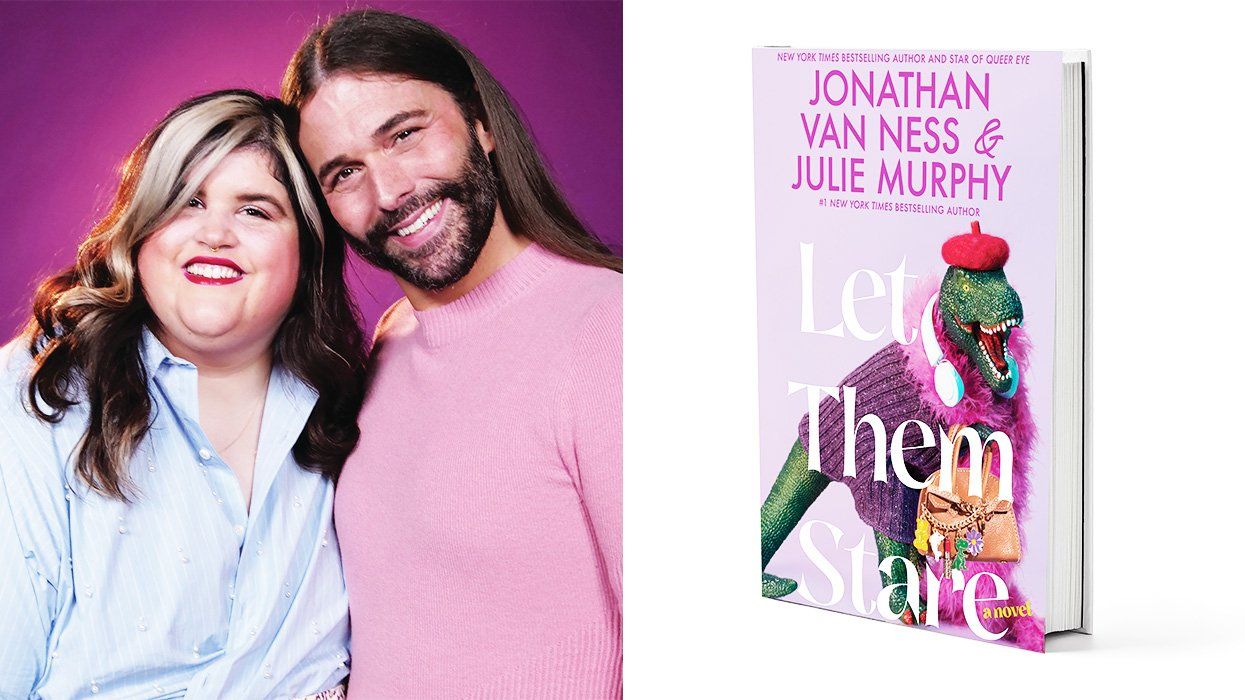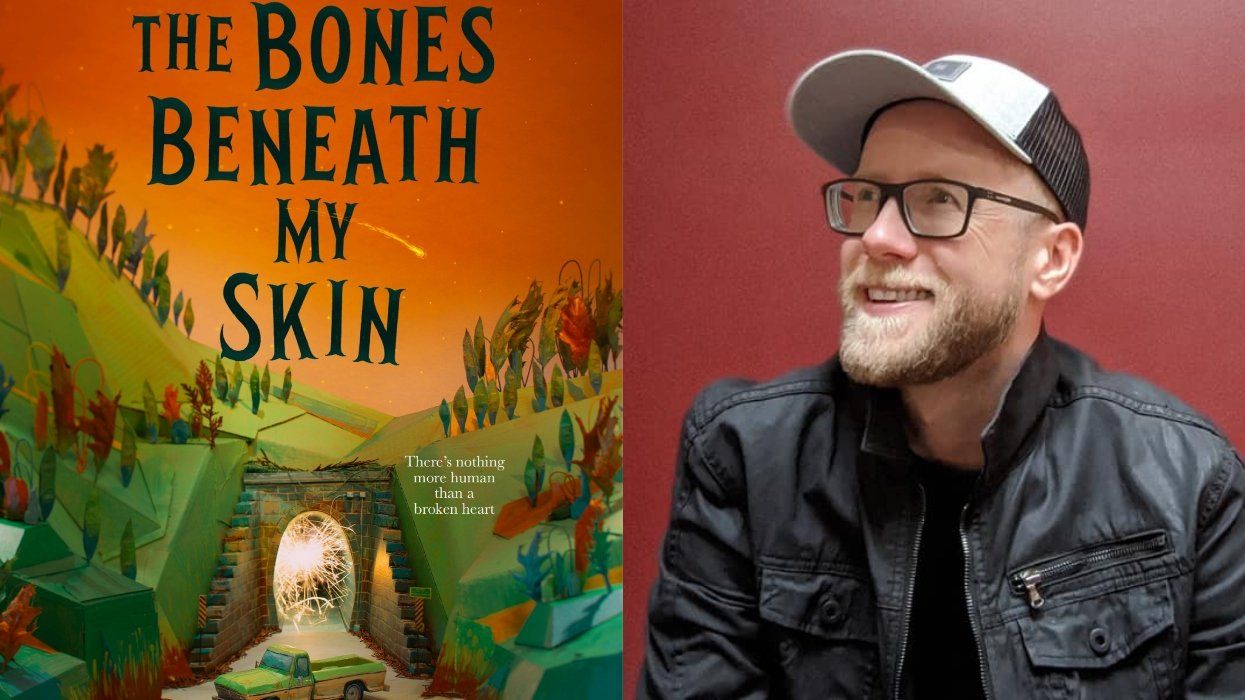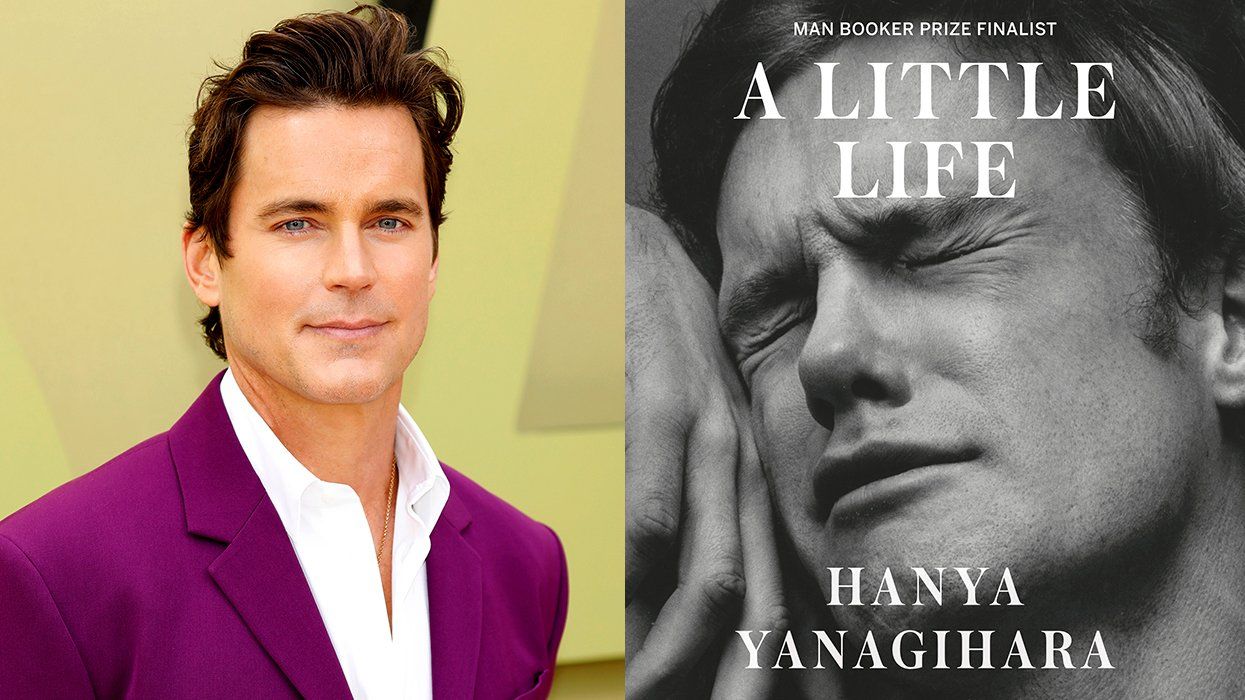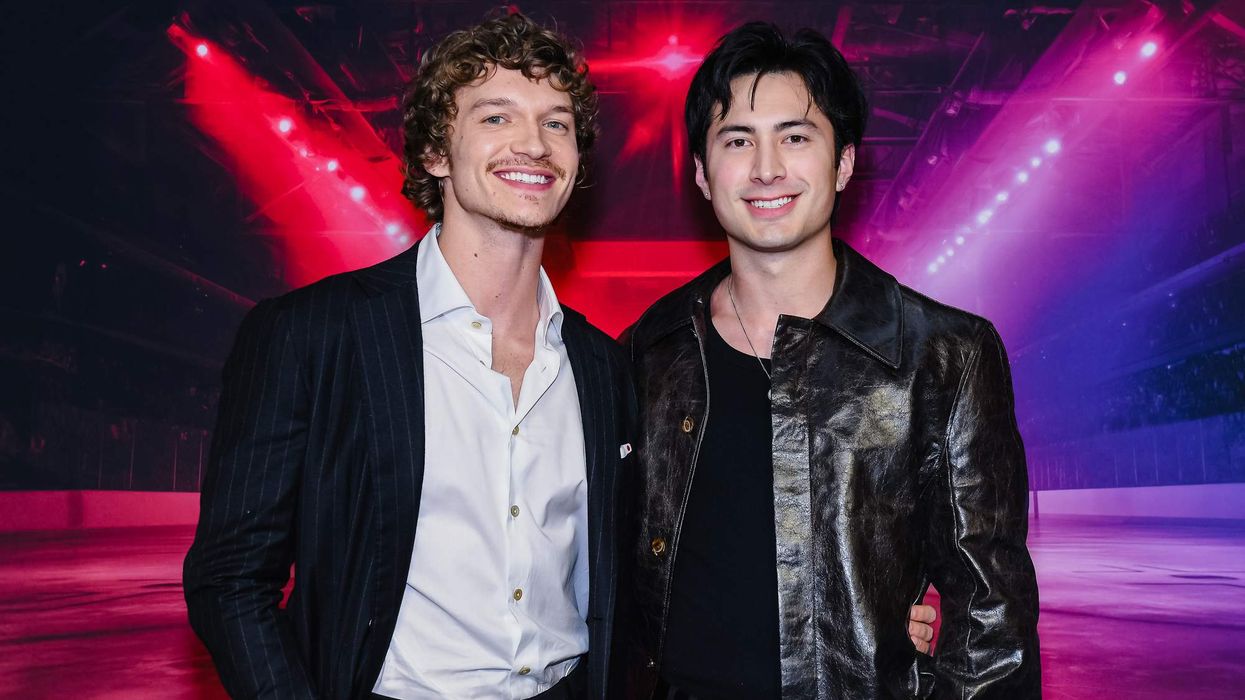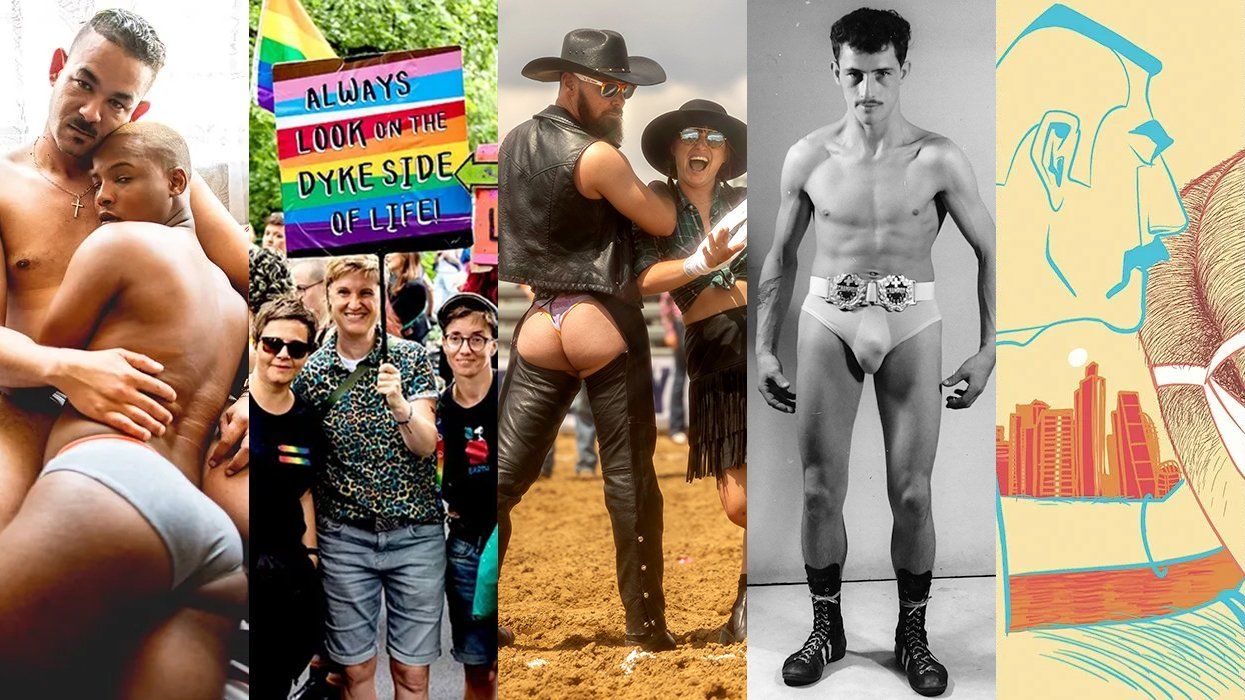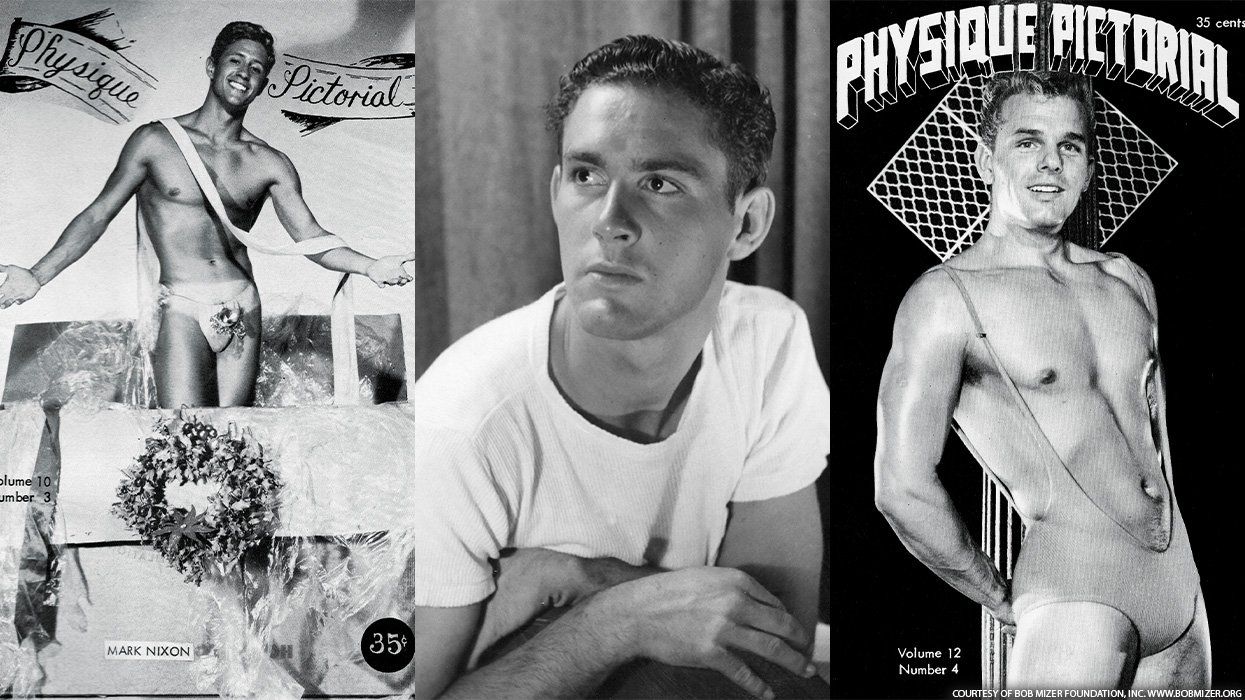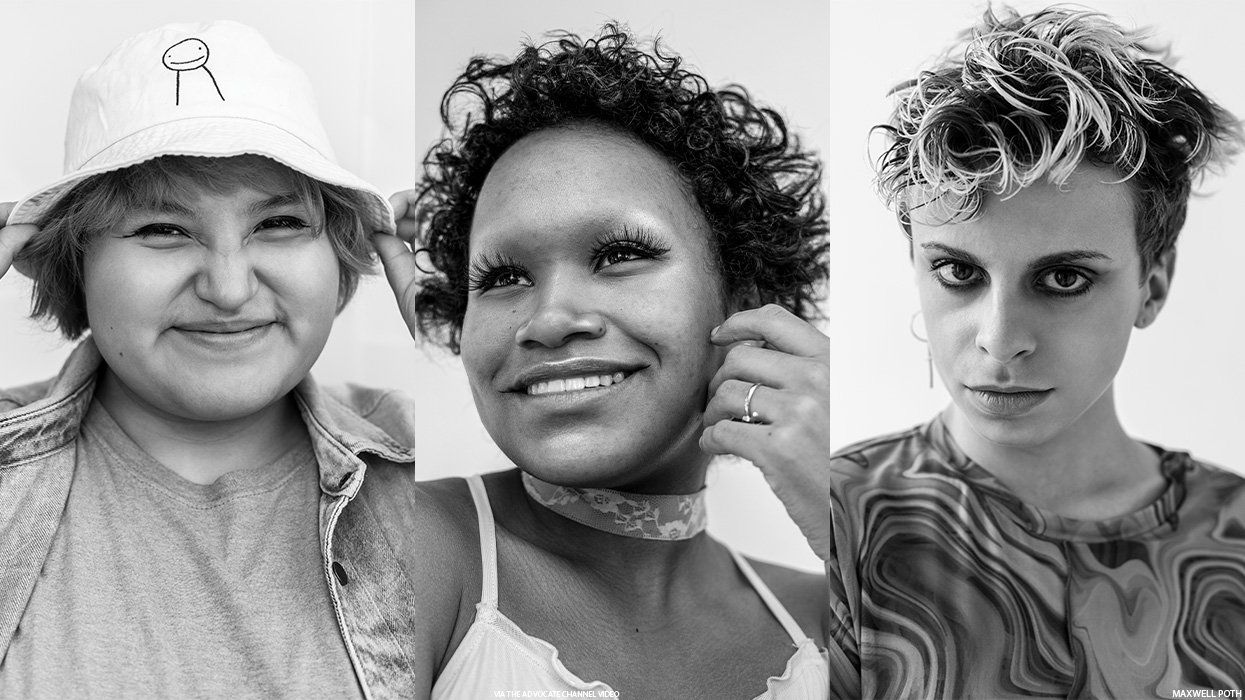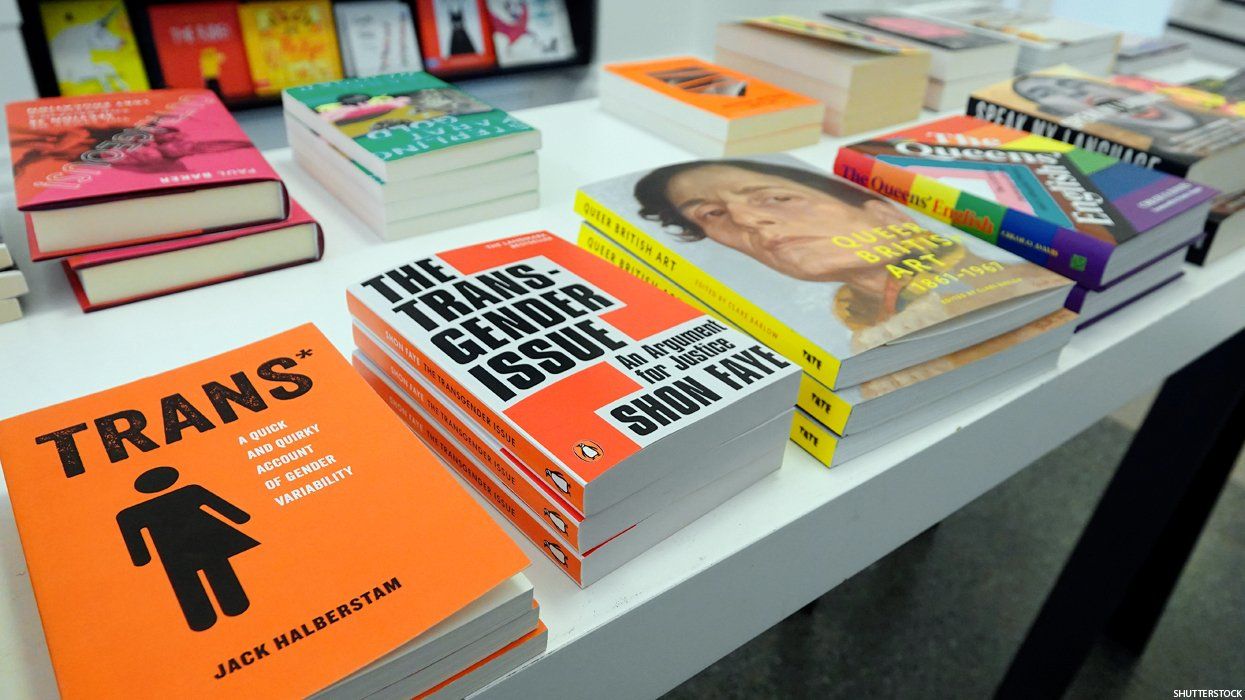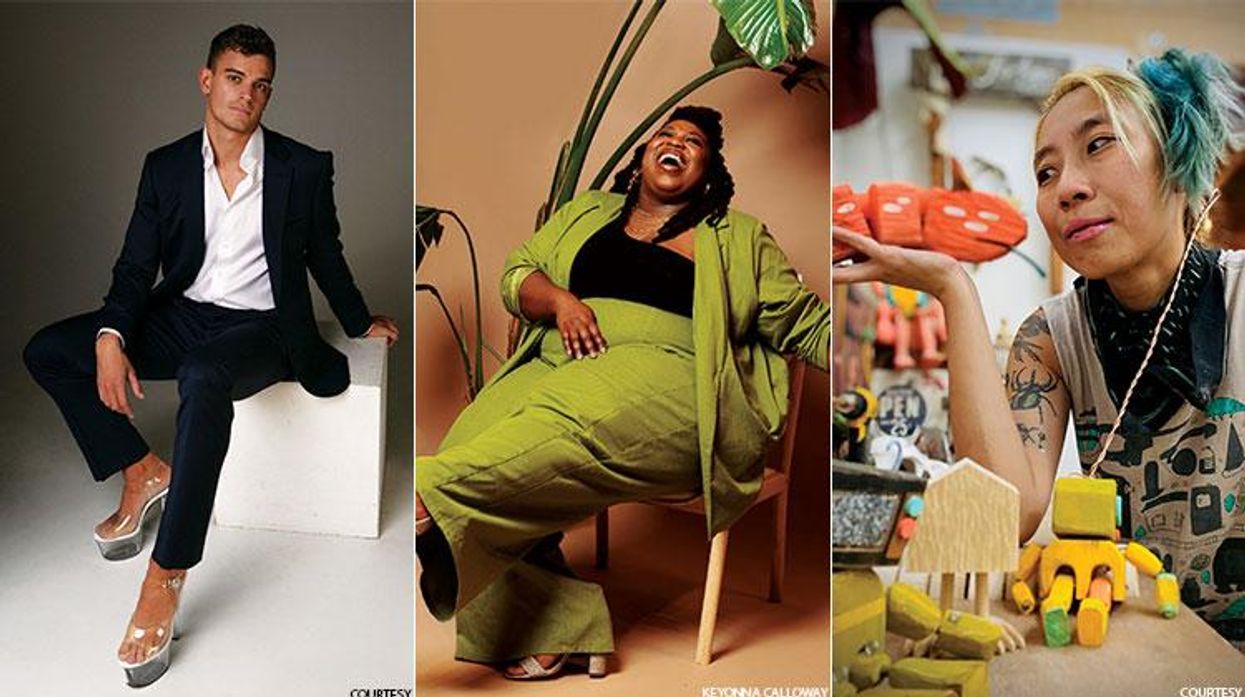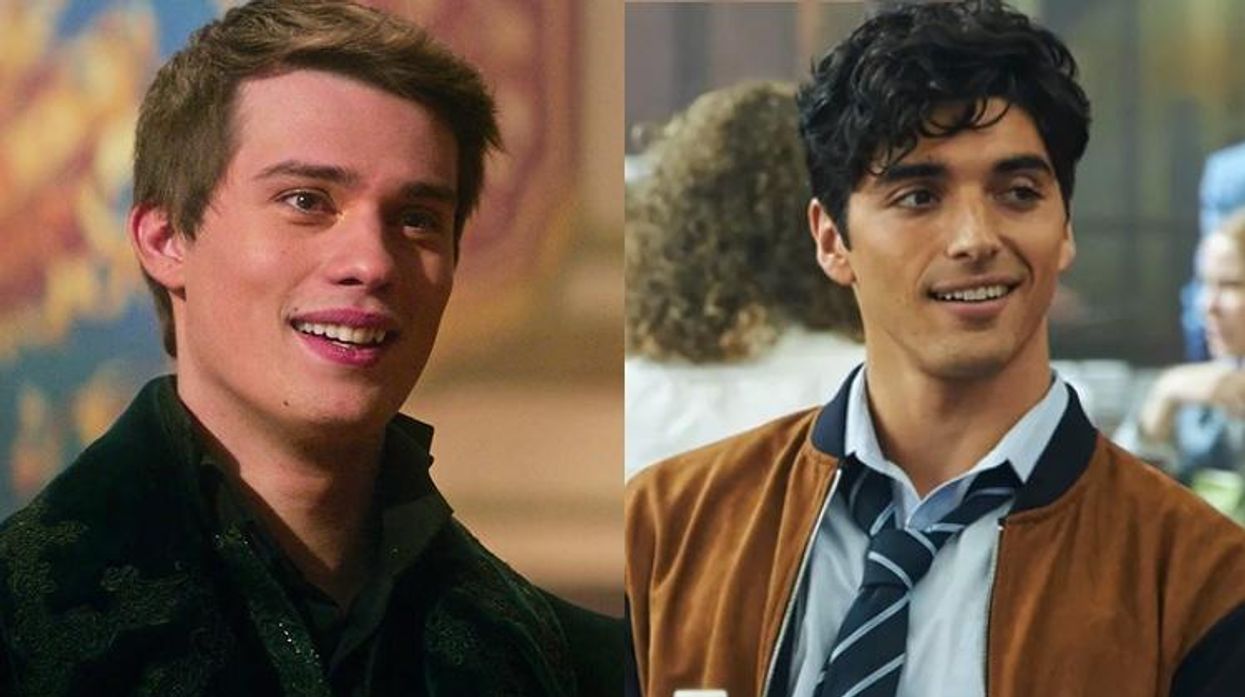"I make works that engage with an art-historical trajectory that I both admire and have been completely excluded from," says Los Angeles-based painter Amir Nikravan, who is of mixed Iranian and Mexican-American descent. His meticulously composed trompe l'oeil pieces toy with the legacy (and cliches) of abstraction. While his canvases appear to be heavily textured, they're often completely flat--the result of a quasi-photographic process by which the artist creates a gestural painting, vacuum-wraps it with fabric, and then casts pigment over the surface, trapping what he terms an "indexical image." As for the original, handwrought paintings, they're not so precious--he simply throws them out.
Related | Paul Mpagi Sepuya's Meticulously Erotic Queer Photography
A recent series, "Rational Design," pushes these concerns in new directions, using wood-relief panels coated with various artificial textures as well as fabric. Though these pieces are arguably sculpture, Nikravan prefers to think of them as freestanding paintings. They obsessively repeat the same curving form, in various combinations and configurations. "I'm particularly interested in how modularity signals possibility and a sense of openness, and in turn how that relates to queerness," Nikravan explains, "that the identity of the object is not fixed, but is malleable and permeable."
The repeated geometry itself might seem arbitrary, but it's actually freighted with unexpected meaning. "I noticed this specific shape at the gym I was going to," he says. "Later, I learned that the gym's building was originally one of the first pharmaceutical headquarters in California. It was designed by Edward Durell Stone, a student of Le Corbusier, and the architect for MOMA in New York. He worked in the International Style, which supposedly 'stripped ornamentation,' but which actually appropriated heavily from Middle Eastern architecture and design."
Related | Jake Ziemann's Willfully Goofy Moving Ceramics
The slippery history of this simple form jibes nicely with Nikravan's larger mission of challenging and unearthing the buried contradictions of a canon that has not always been inclusive, to say the least: Asks Nikravan, "Can we ignore the fact that our lineage as artists, since the 20th century, has been based on a conversation of 'purging' that which did not belong in art, seeking 'purity' in form, and eradicating ornamentation--which is always a metaphor for the East?"
Like what you see here? Subscribe and be the first to receive the latest issue of Out. Subscribe to print here and receive a complimentary digital subscription.








